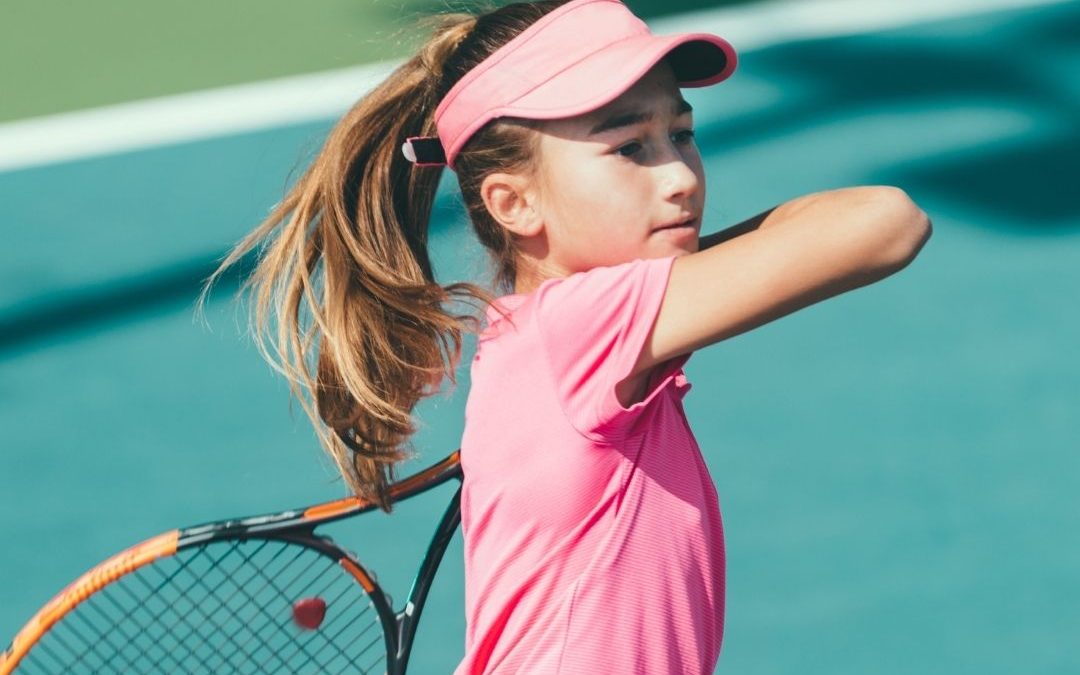In this article we will look at playing the game of tennis and how to improve our abilities through match play.
When I look back to when I played tennis as a youngster, I went to the club after school with my mates and played tennis till the adults told us to leave! On Saturdays I had a group lesson and the rest of the day I spent at the club with friends generally playing tennis and getting up to no good!
The key to playing better tennis was to play lots of tennis matches! We now live in a different age, a tennis-business age where the more lessons we have the better we will become. Or so we are told.
When we play more tennis, we hit more balls in a competitive situation. In other words, players are playing the game in the manner they are expected to perform. They get to apply what has been learnt in the lessons, practice shot selection and use problem solving skills.When I was a junior, I played anyone and everyone! I would turn up at the club and ask adults for a hit, the adults who would chip, chop, and slice you off the court! It would not matter if I lost, it would give me more of an idea how to beat them next time. In fact, I was learning to deal with the ugly side of tennis: the moonballers, slicers and hackers.
I would highly recommend you get your players to keep a note of lesson and matches they play in a notebook, you will find the perfect journal in the S9 Tennis Player Notebook.
When I was younger I used to play a county player on an almost weekly basis. Every time we played, I succumbed to a loss. But he got a good a game and I managed to improve by winning a game here and there. I then began by winning a set… and when I eventually beat him a year later, the tables had turned, and he failed to win ever again. I had finally worked out the winning formula. Not only this, without realising, I had been beating other competitors along the way.
Practice matches
Throughout the SYSTEM-9 books there are plenty of exercises and tasks to use in match play like the following:
Players have set tasks from the coach and ‘Discover’ the answers… (S9 orange ball)
- What is my opponent’s weakest return and/or strongest return?
- Where does my opponent return when I serve to the alley, body, centre?
Players can purely work on patterns of play (S9 green ball)
- Understand favourite 1st and 2nd serve from deuce side
- Understand favourite 1st and 2nd serve from ad side
Players can start to work on game plans and match evaluations (S9 yellow ball)
Write down how you would beat yourself. Share the plan with your opponent before starting play!
Scouting
In 2016, the great Roger Federer was set to play Marcus Willis in the second round of Wimbledon. In the first round Federer could be seen scouting Willis for clues for the upcoming match.
If the world’s top player scouts, then so should you if you are serious about playing and about winning!
Have squad players become the on-court coach for each other. They must scout the opponent and feed back what they think to help win.
This is great for two reasons:
- The player gains inside information
- The scout learns how to look whilst playing themselves
I will leave you with this quote:
‘’Let’s put some mileage in the legs’’ – Clive Carrigan
One of my ex-coaches would make us play matches daily two weeks prior to an important tournament to simply put mileage in the legs. It became easier to play the matches that week from the weeks of matches we had under our belt.
Enjoy your practice!
.


